By Patrick Henz | Senior Contributor
Countries around the world are in the process of developing and implementing new regulations and organizations to regulate trustworthy Artificial Intelligence (AI). Just some examples: President Biden’s Executive Order on Safe, Secure, and Trustworthy Artificial Intelligence, the European AI Act, the Brazilian AI Bill, and the Japanese AI Strategy Council.
All these developments have in common that they want to combine the two topics protection of human rights and supporting the local AI industry to achieve a leading position inside global competition. This is based on the understanding that trustworthy AI leads to sustainable profit and prospering societies.
The mentioned governmental regulations consider the collaboration between humans and machines, and how this impacts humans, including the ones not using technology. One area of concern is the risk of dehumanization.
Not a new topic, especially after World War II, and various social psychology experts aimed to understand this phenomenon. An example is the 1961 Milgram experiment, where a subject had been instructed to give electric shocks to a human sitting in a neighbor’s room, up to the strength that would have killed this person.
The concerning results included that a higher number of participants complied with such instructions coming from a perceived authority figure, not knowing that the cries in pain had only been simulated by the actor sitting in the neighbor’s room and that they did not receive the displayed electric shocks.
Companies and other organizations shall use this information, even if laws may not be implemented yet, to integrate AI governance into the internal control system. To be considered here should be a first and then continuous AI risk assessment, releasing an AI guideline, and implementing a responsible AI Compliance Officer.
AI already entered the companies, this as management-approved tools (top-down) or as personal tools on the web and smartphones brought to the workplace by the various employees (bottom-up).
Even if the identified risks are still low, it is recommended to implement the mentioned steps right now, as AI applications are still in the infant stage.
Companies can use this point in time to learn and establish an adequate level of discipline to be prepared to adapt to more sophisticated AI applications coming in a few years.
On an artistic level, author Philip K. Dick had been shocked by the systematic crimes by the Nazi regime and wanted to understand how a society could completely dehumanize parts of it.
The result was his 1968 book “Do Androids Dream of Electric Sheep?”, where intelligent, emotional, and self-conscious human-like beings getting hunted and killed based on the fact that they were androids and visited planet Earth. The book became an inspiration for the 1982 movie “Blade Runner.”
Here the androids became bioengineered humans with a limited lifespan of four years. To anchor their emotions, their manufacturer, the Tyrell Corporation, implemented faked memories and gave them a couple of photos to strengthen these memories.
These implants should make the replicants easier to control. The photos could have been faked or copied from other people’s pictures. A procedure that could be used also for the good.
“Synthetic Memories” is an initiative to reconstruct lost or undocumented visual memories through AI image generation. Originating from Spain, this initiative seeks to assist individuals in preserving memories (as those suffering from Dementia or Alzheimer’s), especially those lacking photographic or video documentation of their earlier life.
Not only does this serve as therapy for individuals, but it also contributes to the preservation of personal and collective narratives within society. Drawing from descriptions provided by volunteers and further research, the group employs existing AI image-generation tools to produce realistic representations of the described memories.
These synthesized memories are then not merely confined to the individual’s mind but are also tangible, printed on photo paper, and stored in the Cloud.
This approach combines existing AI applications with human investigators. Members of Synthetic Memories sit down to interview the volunteers to understand key situations of their life, try to capture as much as possible about the moments.
When people recall childhood situations, they are not remembering the original event, but rather the last time they recollected it. Consequently, memories undergo slight alterations with each recollection, and certain details may become blurred.
Accordingly, part of the process is to compare the descriptions with historical information, such as texts, images, and videos. With the understanding of how the situation most likely took place, with precise prompts, images get created that just appear as photos taken in these moments.
Nevertheless, it’s important to distinguish these images from mere photographs; they represent memories, sometimes appearing hyper-realistic and at other times slightly surreal, akin to a dream.
The Blade Runner movie is set to play in 2019, so it is no surprise that the described approach became reality only five years later. It serves as an example that technology can be used for the benefit or disadvantage of humanity.
Society is aware of the risks and must decide on proper regulation. Companies and other organizations are not only responsible for complying with decided regulations, but due to their level of power proactively understand future risks and implement effective and efficient control measures already today.
Patrick Henz is the Head of Governance, Risk & Compliance at a leading engineering and plant construction company. In this role, he drives an effective GRC system that holistically combines these subjects with integrity, respect, passion, and sustainability. His responsibilities include Business Resilience and Community Engagement. He actively promotes the idea of a holistic sustainability strategy, where GRC plays a key role, at university workshops and conferences.

Groq expands into Europe with a new Helsinki data center, bringing low-latency AI inference, sustainable energy, and compliance for European enterprises.
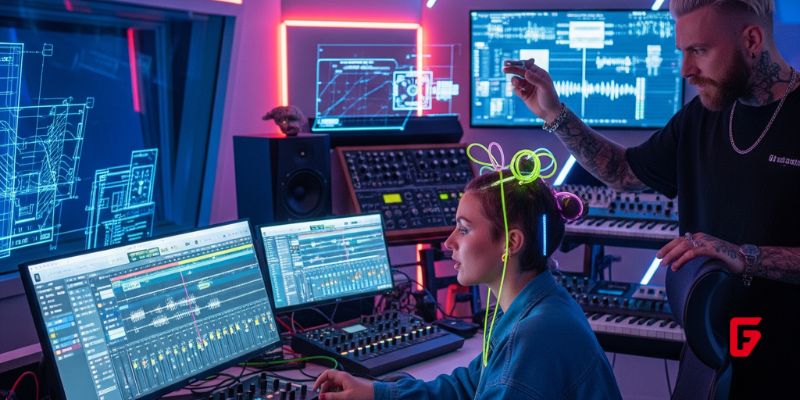
Mozart AI launches a next-gen digital audio workstation, empowering artists with AI co-production, natural language commands, and creative control.
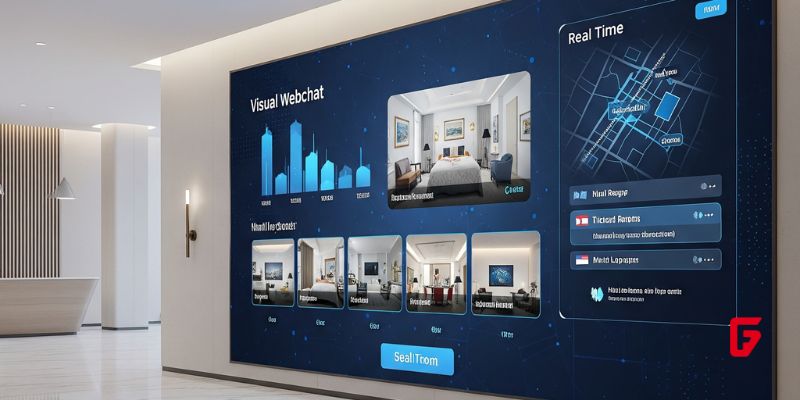
Chatlyn lands €8M to build the industry’s first AI-powered visual webchat, unifying hotel guest communications and streamlining bookings with advanced automation.
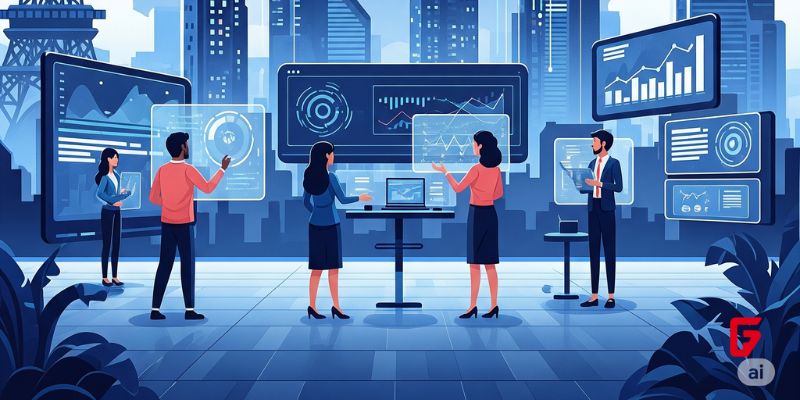
Paris-based Massive Dynamic has raised €3M to accelerate AI-driven automation in digital marketing, enhancing campaign efficiency and analytics for brands.
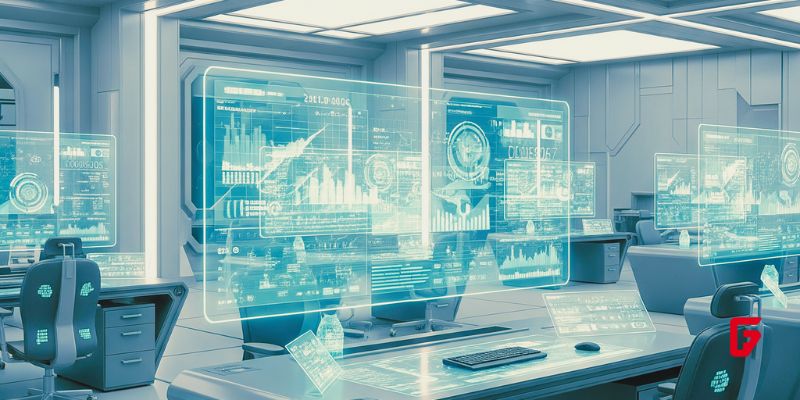
Discover if Surge AI can maintain its market edge amid automation and competition. Learn about its strengths, challenges, and future in data labeling.

You.com raises $50M Series B to launch its AI productivity engine, redefining search for knowledge workers and enterprises.

Throne’s AI-powered toilet device uses computer vision to analyze gut health at home, offering privacy-focused, real-time health insights and early detection.
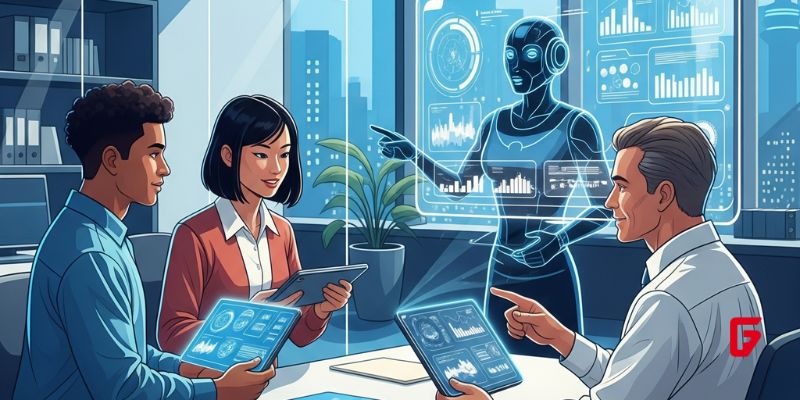
Wisq secures $15M and introduces HRLM, the first AI language model designed for HR, promising smarter, faster, and more human HR operations.
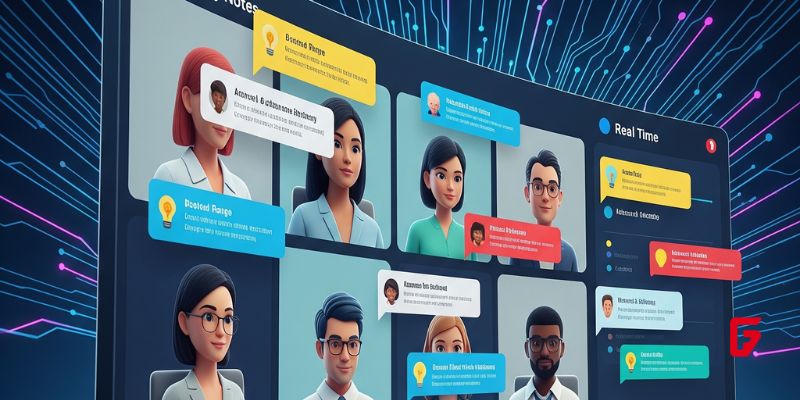
Cluely’s ARR skyrocketed to $7 million in a week after launching its enterprise AI notetaker, but open-source competitors like Glass are quickly gaining ground.
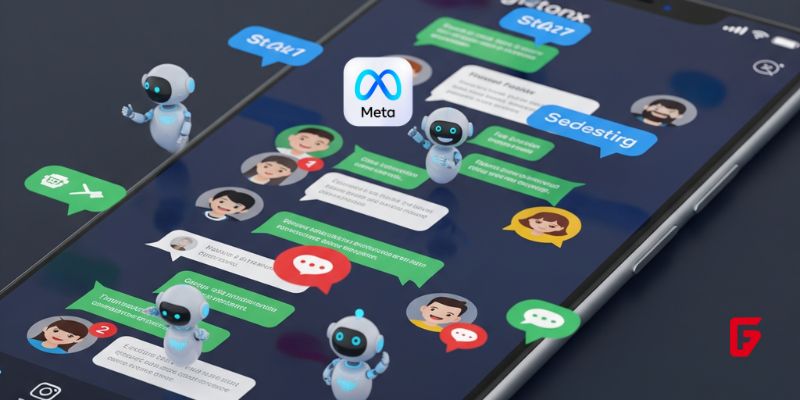
Meta is testing AI chatbots that message users first, changing how we interact on Instagram, WhatsApp, and Messenger.
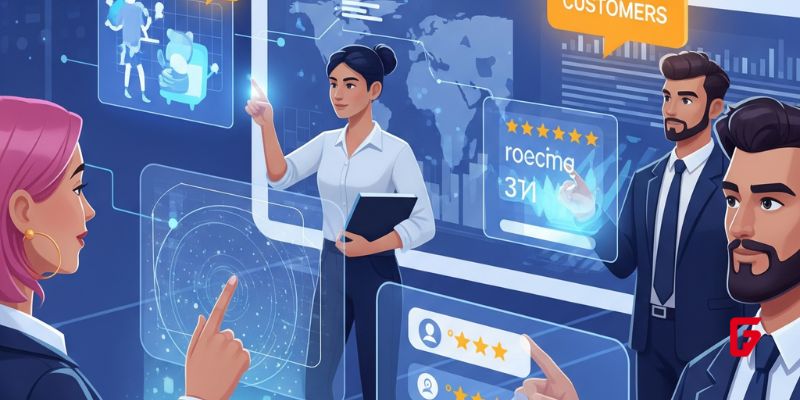
Deeto’s $12.5M Series A funding fuels its AI-native platform, redefining the B2B buyer journey through authentic customer-led growth and smarter sales enablement.
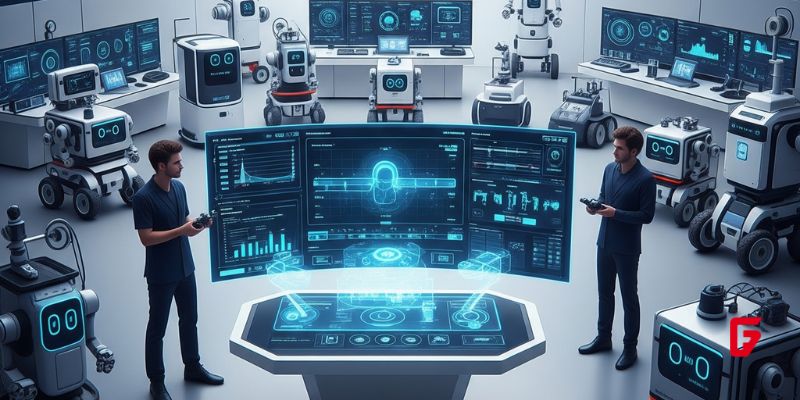
Explore how Formant F3 brings generative AI and agentic reasoning to robot operations, enabling smarter, more autonomous robotics management for enterprises.
futureTEKnow is focused on identifying and promoting creators, disruptors and innovators, and serving as a vital resource for those interested in the latest advancements in technology.
© 2025 All Rights Reserved.
To provide the best experiences, we use technologies like cookies to store and/or access device information. Consenting to these technologies will allow us to process data such as browsing behavior or unique IDs on this site. Thanks for visiting futureTEKnow.